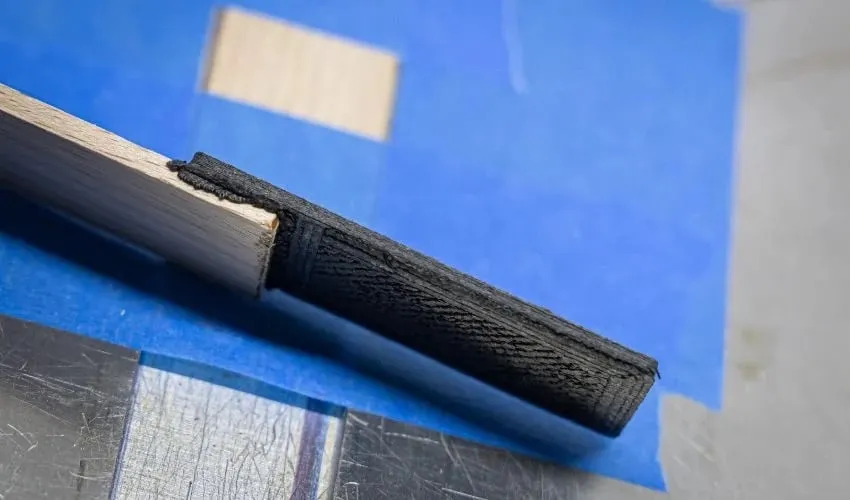3D Printing Innovations: Exploring Adhesive-Free Wood and Polymer Bonding

3D Printing Innovations Explored
In a world constantly seeking efficiency and sustainability, 3D printing is stepping up with revolutionary techniques. Researchers from TU Graz have introduced a method called AddJoining, enabling the bonding of wood and polymers without the need for adhesives. This innovation not only streamlines manufacturing but also minimizes environmental impact.
The Benefits of Adhesive-Free Bonding
- Enhanced Durability: Bonds created through AddJoining are designed to be stronger and more reliable than traditional methods.
- Environmental Considerations: Elimination of adhesives reduces toxic emissions and waste.
- Versatile Applications: This technique can be applied across various industries from furniture design to construction.
Future Prospects
The future of 3D printing looks promising as innovations such as AddJoining pave the way for more sustainable practices. Ongoing research is expected to uncover further advancements in this field, pushing the boundaries of manufacturing.
This article was prepared using information from open sources in accordance with the principles of Ethical Policy. The editorial team is not responsible for absolute accuracy, as it relies on data from the sources referenced.